A one-sided report on the Gaza war lets Hamas off the hook
By GERALD M. STEINBERG
Jerusalem
Judge Richard Goldstone and the three other members of the U.N.-authorized "fact finding mission" on Gaza spent five months collecting testimony, interviewing witnesses and writing a 575-page report, with 1,223 references. But they ended up where they and the U.N. Human Rights Council began an assumption of Israeli war crimes "proved" by a collection of NGO claims and Palestinian "testimony," both of which lack credibility.
The report ostensibly presents the results of an intensive investigation into the Gaza conflict between Israel and Hamas from June 2008 to the end of July 2009. Yet on every significant issue, Judge Goldstone's group simply repeated what it chose to hear from carefully selected witnesses. (When Israeli victims of Hamas rocket attacks were given a few hours to tell their tales of horror, photos show Mr. Goldstone taking a nap.) The result vindicated the Israel government's view that the books were cooked from the beginning, including the one-sided terms of reference and the selection of Mr. Goldstone and of Prof. Christine Chinkin, whose anti-Israel prejudices were clear. There is no evidence to indicate that a fair hearing was possible, or that Israeli government cooperation would have made any difference.
Unusually, the tendentious and extremely biased report succeeded in angering Israelis from across the political spectrum. President and Nobel Peace Prize laureate Shimon Peres, who does not see eye-to-eye with Prime Minister Netanyahu on many issues, said the report made a mockery of history and gave legitimacy to terror. The committee condemned every Israeli response to the 8,000 rockets fired by Hamas, but its recommendations did not include any steps to end this aggression. And while Israel is accused of committing acts of terror, the report never acknowledges that Hamas committed acts of terror, even though it is legally banned as a terrorist organization by the U.S and the European Union, among others. This distortion undermined the facade of even-handedness, as if balance between a terrorist group and aggressor, and a democracy meeting the obligation to defend its citizens, had any moral foundation.
Iran, which is the main patron of Hamas and its primary source of funding, political support, training and weapons, is only mentioned once, obliquely, in the report, in connection with "the 220 mm Fadjr-3 rocket ... thought to be smuggled into Gaza." The committee, like the NGOs on which it relied, did not bother to investigate this central issue, since it would not have contributed to the indictment of Israel.
Mr. Goldstone's professional qualifications are anchored in international law, but if anything, this report highlights the absurdity of a vocabulary and framework that are anachronistic. Applying classical concepts and terms to terror and asymmetric urban warfare, in which the entire population is a massive human shield and hospitals are used as command headquarters, as in the case of Gaza, is ridiculous. The report fails to deal with the difficulty of defining a civilian in this context, and following the Palestinian Center for Human Rights, the report classifies the members of the Hamas "police" as civilians, erasing their membership in Hamas' armed forces and their participation in the rocket barrages targeting Israeli civilians.
On most issues, Mr. Goldstone followed the lead and biases of NGO "superpowers" particularly Human Rights Watch and Amnesty International. Human Rights Watch's publications on Gaza have been discredited following the exposure of the obsession with Nazi memorabilia and false claims of its "senior military expert," Marc Garlasco. But his allegations are adopted in this report, again without any independent investigation and despite the testimony of military experts who exposed Mr. Garlasco's fictions. Indeed, Mr. Goldstone's long relationship with Human Rights Watch, including his membership on its board, added to the credibility problems of this inquiry.
Similarly, the attempt to shove the role of Iran under the carpet follows the lead of these NGOs, as does the decision to ignore video evidence showing the use of civilians as cover for Hamas fighters attacking Israel (human shields), including the launch of rockets from schools. Instead, copying the unreliable NGO claims almost word for word, the issue is dismissed on the grounds that the committee "received no reports of such incidents from other sources." No independent research was conducted.
The issue of military necessity is central in grappling with the moral issues of an asymmetric-warfare environment in which terrorists use schools, hospitals, houses and other civilian facilities. Neither the NGOs nor Mr. Goldstone show any understanding of the dilemmas involved they can only repeat the claims of Palestinians who, in almost every case, say that Hamas members and assets were never near the target of any Israeli attack.
One of Israel's primary and most important objectives in the war was to search for clues to the whereabouts of Gilad Shalit, a soldier kidnapped from Israel and taken to Gaza in a 2006 cross-border raid. Mr. Goldstone does not consider this to be related to military necessity, and even labels the interrogation of Palestinians on this issue as criminal. And in rejecting Israeli statements regarding the storage of weapons in a mosque (ignoring video evidence), the report admits: "the Mission cannot exclude that this might have occurred in other cases." In other words, they did not have a clue.
As is often the case, the implications of this report, including the threats of a Security Council monitoring mechanism and possible action by the International Criminal Court, go far beyond Israel. If Israel is condemned for attacking "civilians" like Nizar Rayan, the head of Hamas' military wing, American officials could find themselves in the dock for the raid in Somalia that killed al Qaeda leader Saleh Ali Saleh Nabhan.
Using the warped interpretations of international law on display in this report, the same terms could be applied to NATO officials responsible for the deaths of civilians in strikes against Taliban assets, such as oil trucks in Afghanistan. American troops who used white phosphorous to protect against detection in the battle of Fallujah in Iraq could be accused, like the Israelis targeted by Mr. Goldstone, of war crimes. And when they do become targets of such pseudo-legal actions, the Goldstone precedent will include the absence of transparency (much of the "testimony" remains secret, allowing the committee to pick and choose) or due process, including the cross-examination of witnesses.
Instead of promoting legal accountability and reconciliation, Mr. Goldstone's report will increase Israeli cynicism regarding the viability of international institutions and guarantees of Israeli security and fair treatment. The damage wreaked by Mr. Goldstone's offensive will not help the efforts of President Obama's peace envoy, George Mitchell, in efforts to gain Israeli flexibility and willingness to take risks. Hopes for peace, already very tenuous, may be another casualty of the Goldstone report.
Mr. Steinberg is president of NGO Monitor and a professor in the political science department of Bar Ilan University.
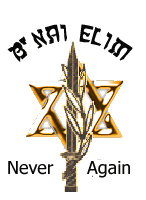














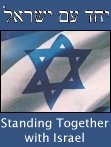

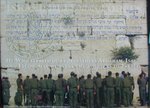

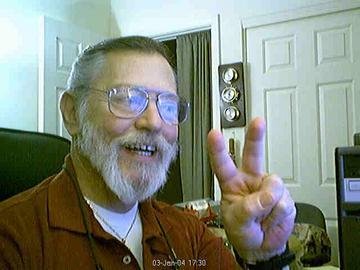






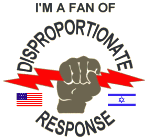



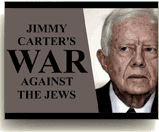

 While doing IDF (Israel Defence Forces) reserve duty on a mountain overlooking the
While doing IDF (Israel Defence Forces) reserve duty on a mountain overlooking the 

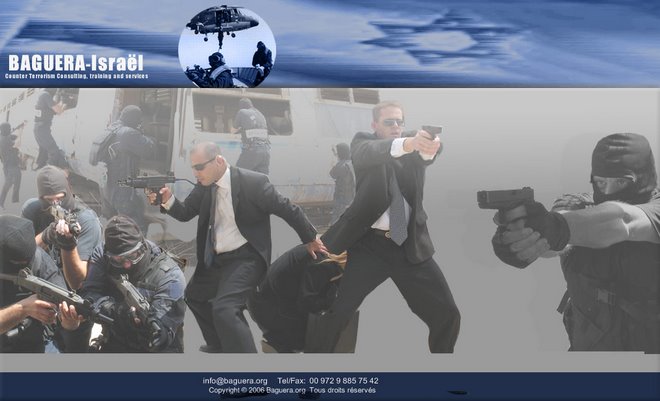



No comments:
Post a Comment